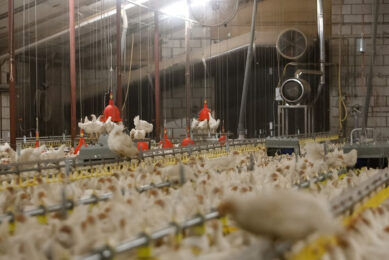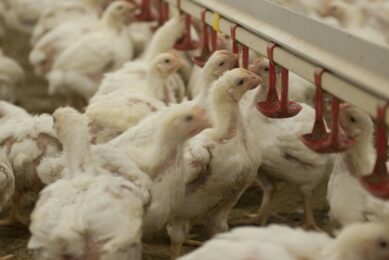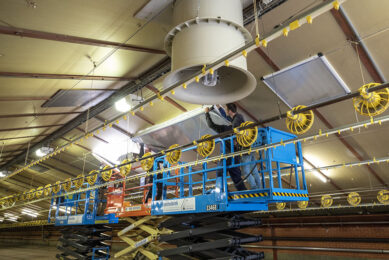Influence of rearing conditions and manure management practices on ammonia and greenhouse gas emissions from poultry houses
Poultry production has been identified as a major producer of NH3 and, to a lesser extent, of greenhouse gases (GHGs) mainly by national emissions inventories. However, since most national inventories are based on average emission factors for each type of animal (‘tier 1’ approach), the factors that influence these emissions (through breeding and manure-management practices) are not taken into account.
The first step to improve inventories and propose mitigation options (e.g. best management practices, innovative systems) is a better understanding of the drivers of gaseous emissions and the identification of key factors for the mitigation of NH3 and GHG emissions.
This paper presents a literature review of NH3 and GHG emissions from poultry housing, with a focus on the influence of practices and rearing conditions. It appears that flock-management practices (e.g. dietary practices, slaughtering age) and manure management (e.g. manure removal frequency, chemical treatment of litter) are presented as efficient ways to reduce emissions.
Environmental conditions (e.g. ventilation rates, temperature) influence emissions; however, it was not possible to assess the effects of different combinations of these factors (compensatory or synergistic). Some factors, such as stocking density, which may play a significant role, were not studied. Modelling approaches that integrate these key factors with climate factors can be used to update emission factors in emissions inventories, consider national variability and uncertainties in mitigation scenarios, test synergistic and compensatory effects and avoid pollution swapping.
Further research must be carried out to check the validity of emission factors and modelling parameters at a national scale.
Purchase report options:
 Beheer
Beheer








 WP Admin
WP Admin  Bewerk bericht
Bewerk bericht